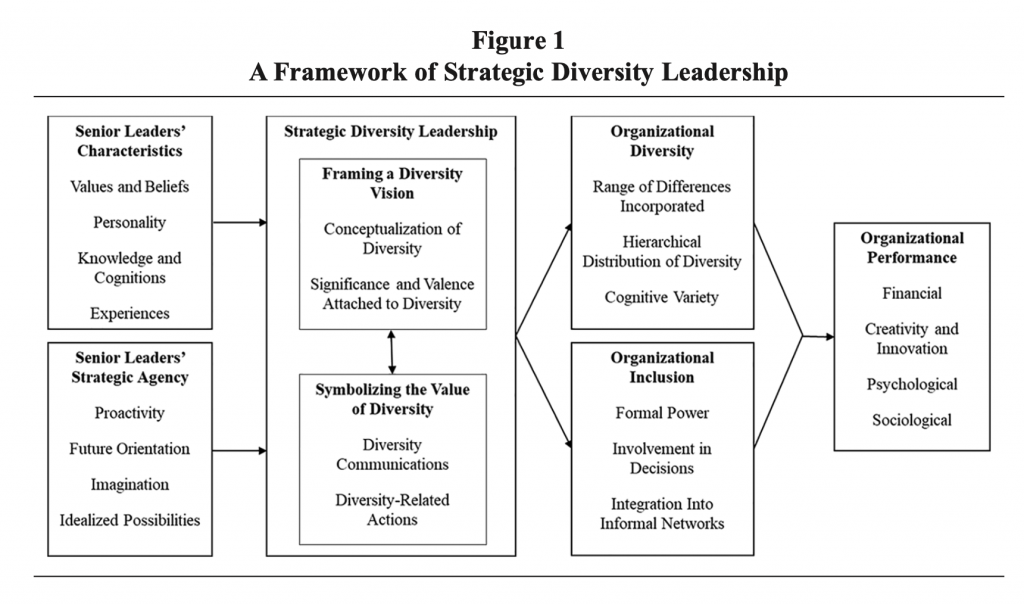Neurodiversity Studies: A New Critical Paradigm written by Hanna Bertilsdotter an associate professor in sociology ,Nick Chown a book indexer who researches and documents his findings on Autism , and Anna Stenning a welcome trust research fellow in humanities and social sciences, explore the world of Neurodiverse people and the challenges they face in the workplace. Through their extensive research the authors have been able to maintain their stance of supporting the “Neurodiverse movement”. They reiterate throughout their writing that neurodiverse people, no matter how qualified they may be, face many obstacles when searching for employment. There has been evidence from the PARC, an organization which collects research on autistic people ,that has shown that even when a person with autism holds a doctorates, they are rarely able progress to further research and lecturing contracts. The writers attribute this to the invalidation of “impaired bodies” making neurodiverse people constantly struggle to establish credibility due to the ableist viewpoint prevalent in society today. It was also mentioned that when a study was conducted, many neurodiverse employees have admitted that they have been in situations in the workplace where in order for them to fit in they felt that it was necessary that they mask any characteristics that might indicate to others that there were different. The writers contend that in order for this to be rectified, there must be an emphasis on inclusion in these spaces so these employees can feel safe and work their best.
This article was written with the intention of educating readers about neurological differences and how they don’t limit people from functioning and completing the same tasks as everyone else. Since people cannot seem to look over neurodiversity and appreciate what these people are able to contribute, oftentimes they are treated as if they are beneath everyone else and are not able to showcase their capabilities. It was mentioned in the Austin and Pissano article that since many neurodiverse people do not exhibit the standard “good employee” behavior through characteristics such as “solid communication skills, being a team player, …” they are unfairly screened out and excluded from job opportunities. This article has educated me on methods of including neurodiverse people rather than excluding them. Many people with autism especially have trouble adjusting their vocal tone and pace to match the conversations they partaking in so we can learn to realize the differences in our communication skills so that we don’t misinterpret vocal/motor traits as aggression. We can also make changes in the workplace environment to make neurodiverse people more comfortable in their space such as holding shorter meetings or regulating noise levels. Small changes over time can have everlasting impacts so it is important to take action now and implement more inclusive environments.
In this ted-talk, Tashi Baiguerra a 21 who has been diagnosed with autism mentioned something that stood out to me a lot. Tashi said “Most autistic people don’t actually suffer from our autism. We suffer from the way the world sees and treats our autism. To the world my brain is broken…But my brain is not broken.”. Neurodiversity should be recognized as another thing that makes people different but does not make them any less capable than others. It Is hard for many people to accept all the things that make us different however until we learn, we won’t be able to progress and become the society we have the potential to become.




